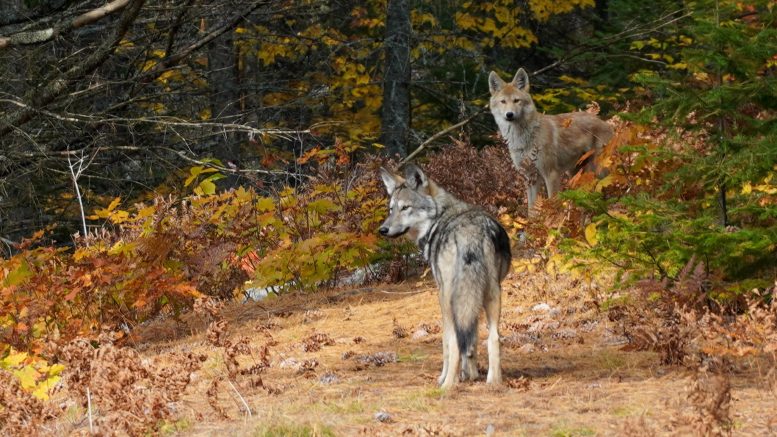
Eastern Wolves from Algonquin Provincial Park, Whitney, Ontario. Credit: Dave Ciufo/Molecular Biology and Evolution
A new study, published in the journal Molecular Biology and Evolution by Oxford University Press, sheds light on the evolution of North American wolves, a topic that has sparked controversy among both conservationists and taxonomists.
The origins and genetic ties of the wolves and coyotes residing in southeastern Canada have been a long-standing mystery for scientists. Eastern wolves, in particular, have been the center of much debate, with their classification as a distinct species still being uncertain as they may have arisen from the hybridization of grey wolves and coyotes. The Canidae family, encompasses coyotes, foxes, jackals, wolves, and domesticated dogs,
In Canada, the eastern wolf (also known as the eastern timber wolf or the Algonquin wolf) has been recognized by some as a distinct species based on genetic and behavioral studies. Eastern wolves are listed as “Special Concern” in Canada under the federal Species at Risk Act and “Threatened” in Ontario under the provincial Endangered Species Act. But whereas previous studies have noted the distinctiveness of eastern wolves from coyotes and grey wolves in Canada, the provincial government currently manages them as a single species across their primary range in central Ontario. This pooling of these three taxonomic entities for management is considered necessary because it is so difficult for humans to visually distinguish between wild canids and their hybrids in central Ontario. This leads to frustration among some hunters, trappers, and farmers, and challenges in enforcing hunting and trapping regulations.
To test hypotheses related to these competing findings for eastern wolves, researchers sequenced whole genomes of 25 animals of known origin and levels of contemporary hybridization, representative of all Canadian wolf-like canid types. The analysis shows that eastern wolves that inhabit the Great Lakes region in southeastern Canada are genetically distinct from other canids in the region. Based on the findings it appears that eastern wolves evolved separately from grey wolves about 67,000 years ago. The scientists here believe that eastern wolves bred with coyotes about 37,000 years ago and continue to mix with both coyotes and grey wolves.
“This manuscript addresses key evolutionary questions among North American wolf-like canids, but also provides data of direct and applied relevance,” said the paper’s lead author, Christopher Kyle. “This work represents a strong international collaboration that culminates from complementary expertise between wolf experts from the Ontario Ministry of Natural Resources and Forestry and scholars from the University of Ferrara in Italy, and Trent University in Ontario, Canada, with a long-standing interest in North American Canis ancestry and genetics.”
Reference: “Tracing Eastern Wolf Origins From Whole-Genome Data in Context of Extensive Hybridization” by Sibelle T Vilaça, Michael E Donaldson, Andrea Benazzo, Tyler J Wheeldon, Maria Teresa Vizzari, Giorgio Bertorelle, Brent R Patterson and Christopher J Kyle, 13 April 2023, Molecular Biology and Evolution.
DOI: 10.1093/molbev/msad055
The study was funded by the Natural Sciences and Engineering Research Council of Canada and the Species at Risk Research Fund for Ontario.

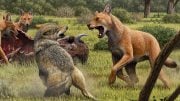
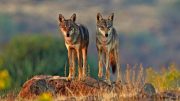


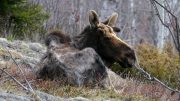
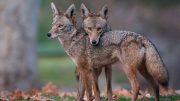

Be the first to comment on "New Evidence Sheds Light on the Evolutionary Mystery of North American Wolves"